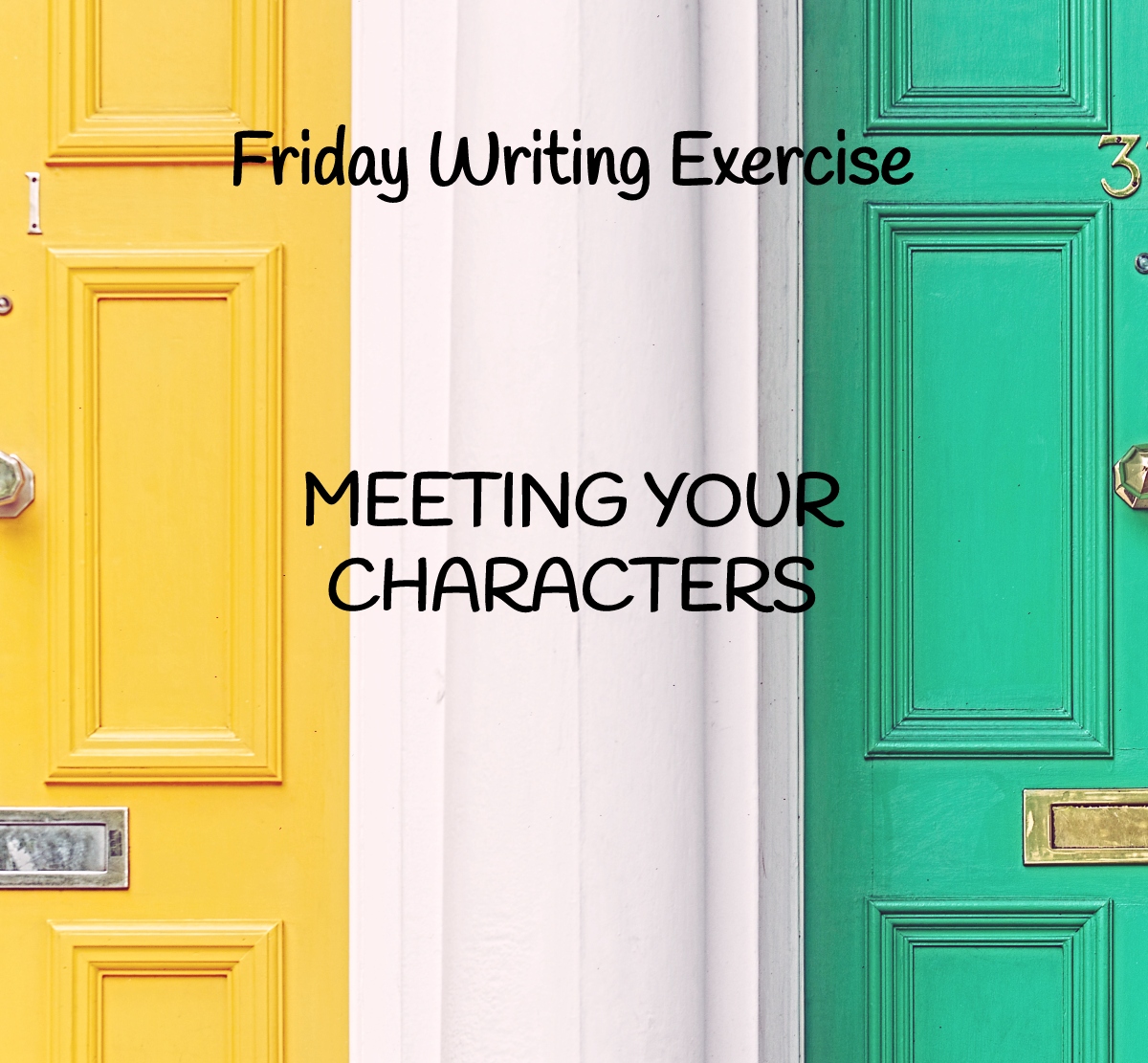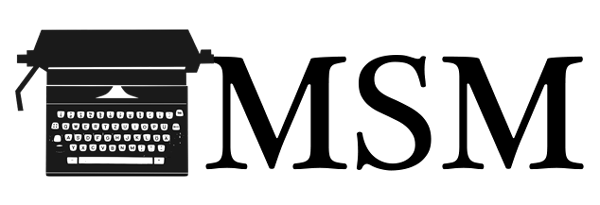by Kajsa Forden | Apr 2, 2019 | From the Author, Get Motivated, Try Something New, Writing Session
If you’ve ever read Charles Dickens, you will have noticed that he often goes on and on. And on. And on. The most well-known reason for this excessive time spent on description is that Dickens was paid by the word. Therefore, like so many college students after him, he tended to expand upon each point to a nauseating extreme.
These days, articles or short works to be published in magazines may have a required word count, but short stories and longer works are more flexible. A writer is paid by the article, by the story, by the book, etc. Waxing eloquent is more or a less a thing of the past and is often frowned upon now. Breaking from your story to describe your character’s face in great detail is seen as a faux pas rather than literary.
But don’t let this stop you from waxing poetic.
Description, lyrical and flowing description, is a powerful ability of words. Every story needs it, just not quite in the way you might think. In most cases, the way you spend time describing things in your work depends on the context. Sometimes it makes sense to stop and describe a character’s eyes for an entire paragraph, the lines around the edges, the creases of the skin, the freckles that seemed to cross the bridge of the nose from one eye to the other.
Timing and relevance is all-important. Think of these moments as detailed close-ups in movies; they don’t work all the time, but sometimes they’re like pulling the audience back to the reality of the character within the flow of the story. Don’t hold back from focusing on these moments. In rewriting, some of these glorious poeticisms may be cut from the story, but some may turn out to be nicely timed gems.
Dozens of well-meaning advisories will disagree. But your drafts are your own.
Experiment.
Be extra.
Dickens it up.
Wax poetic.
You might just discover something new in your writing style.
by Kajsa Forden | Jul 27, 2018 | Characters, Get Motivated, Try Something New, Writing Session

As a student I was fortunate enough to attend a Eugene O’Neill student day; O’Neill was a playwright and, though my scripts weren’t that well received, I did pick up a few writing techniques for any kind of writing form. One exercise in particular was used to create and ‘meet’ one’s characters, letting the imagination do most of the work.
In the adapted exercise below the goal is to meet the character without overworking the conscious mind but instead using the visual abilities of your subconscious.
The first step of the exercise is to visualize a door – no edits, just let your mind pick the color and the type and the door knob and the shape and anything else. Once visualized, describe the door, either aloud (perhaps into a recording app, so you can keep the image inside your mind with closed eyes) or in writing. While visualizing the door is still a great way to do the exercise, I have also simplified the process with a Pinterest board full of all kinds of doors. Whether one matches with your character or one inspires a new character, the board is there to help motivate the exercise.
After discovering your door, knock. Or ring the doorbell. Or use the knocker.
Describe who opens the door, in detail. This is the perfect place and time for info-dumping.
The exercise can extend to an interview with the character, and it can go on for any depth or any amount of time. Remember this is not a story scene. This is an exercise for you to build your character into a person.
To jumpstart the exercise this Friday, here is a door featured on my Pinterest board:
Example:
 (c) My Marrakesh
(c) My Marrakesh
Part 1: This door is down a bright alley; it’s a soft light pink shade, without a handle on the outside, and with a knocker at about eye-level, not too far right from a solitary keyhole. The door is also arched, featuring circular decorations lining the wall above it. A light brown stone arch overhangs the door; the arch is modeled with two columns on the side and a crest of sorts at the center on the top. Description can continue for as long as you want and can span as far wide as you want – including the area of the town or the time of day or the weather conditions or even how you came to find this door.
Part 2: In this case, there is a knocker available, so imagine you used it to knock on the door. The door is opened – who opened it? What do they look like? How old do they look? What are they wearing? What is their face doing (Were they expecting you)? Ask their name and take in some basic information. What is their name? How does their voice sound? How old do they say they are? Do they tell you their real age immediately? Is this their house? Is this a public building? If it is their house, do they live here alone? Who with? If not their house, what is this building? Why is there no knob on the outside of the door? The interview can go as long as you see fit, answering any or all questions you need answered.
The beauty of this exercise is the pressure it takes off of your conscious mind to develop a character and it provides a mental space for you to find your character(s) and interact with them outside of your story. Conducting mental interviews with your characters while narrating aloud might seem slightly strange but, if you really want to be a writer, you have to be okay with being strange.
Comment Below: Who did you meet behind the door? How did the exercise work for you?
by Kajsa Forden | Oct 17, 2017 | From the Author, Get Motivated, Try Something New, Writing Session
I have never been one for diaries or journals, despite the near-constant narration my mind supplies throughout my daily life. Whether I’m making a mental checklist, writing out a vignette from my day, or putting together little blurbs inspired by people, words, and scenes I witness in everyday life, words are my consistent companion.
I may not keep a diary, but you can bet I have a generous stock of notebooks. And I will probably buy more soon. Sometimes my train of thought switches track too quickly for a pencil; notebooks are my sidekick while I travel or while I’m drafting or while I’m writing lists. Even if your main writing medium is technological, as mine is, notebooks can serve as a fine outlet to scribble the mess of thoughts your mind keeps creating. Then you can digitize those scribbles as you decipher them.
There’s little doubt that we wordsmiths need a brain outlet, especially when between projects or struggling to start a new one. Here will be an amalgamation of writerly brain food – research, prompts, writing, creating, editing, little procrastinations, and many other creative stimuli. Most of all, My Storytelling Mind will be a writer’s resource, meant to both motivate and listen. Use the site purely for inspiration or information, or get involved in the conversation. Either way, MSM is here to support your creativity, your writing, and your imagination.
Stay tuned for daily prompts, world-building tips, inspirational posts, various research topics, and tricks to perfect your writing process.
Welcome to My Storytelling Mind!
by Kajsa Forden | Apr 21, 2016 | From the Author, Get Motivated
There are many, many, many, notebooks I would love to buy in one massive splurge; I get emails from Knock Knock, Paper Source, Barnes & Noble, all of which show off such pretty and inspirational notebooks. Doomed to never-ending lists of beautiful notebooks, I’ve given in and started online window shopping. Here are my top notebooks suppliers:
Knock Knock is sarcasm and inner frustrations printed prominently on notebooks, notepads, and other helpful office supplies. In addition to relatable notepads like My Portable Pessimist or Paper Tantrum, there are notebooks featuring fun designs and even notebooks to achieve inner peace, like I’m So Freaking Freaked Out or I’m Kind of Awesome or The F*ck It List.
Paper Source is all about the aesthetics. Even offering customizable options, Paper Source has a lot of well-designed, high-quality choices. Spanning nearly every aesthetic, even visiting the site makes me wish I had a whole separate budget just for stationery stores. Watercolor Notes, Cavallini Vintage Clocks, and the Gold Star Journal are only the beginning of a great varied collection.
Anne Taintor might not have notebooks, but there are notepads. And they make my day at least ten times better with their clever, bitter, sarcastic humor. We Go Together Like Drunk and Disorderly is a personal favorite, along with Success is 1% Inspiration 99% Caffeine. The entire brand crushes expectations of pretty 1940s/1950s housewife images, and it all started with phrases like “Born to Be Wild,” and “Intellectuals Gone Bad.”
Notebooks make up a large part of a writer’s expenses, and understandably so; they are creative and inspirational. When in doubt, buy a notebook. Or, use one of the many you probably already have.
by Kajsa Forden | Apr 20, 2016 | From the Author, Get Motivated, Try Something New
Many writers feel that sense of shyness around their writing, hesitant to share their work with the outside world. Pinterest forced my words into the open and helped to establish a disconnect; my writing isn’t my baby to shield from the world, it’s a form of art that should be shared. Whether or not my writing is high or low art is a subject for debate, but letting it be free turned out to be much more satisfying than I expected.
I started posting blurbs and prompts on Pinterest over a year ago, and the collection has grown consistently. The prompts will double-post on here; the site will start at #1, while the Pinterest continues from the most recent number. When a blurb or prompt grows into a story idea, likely to keep developing, the idea gets its own storyboard. These storyboards do not encompass all my work, but are a visual addendum.
Daily Writing Blurb: Prompt #1
Linked above is the very first prompt written and featured on my Pinterest, inspired by the photograph used. Most of the prompts written are inspired by or based on images that I did not create myself. Instead, I start from that visual inspiration and develop it into a written blurb, something anyone can use to further create their own story. Like a virtual plot bunny jar, you can pick a random number between #1 and the most recent number (currently #658) to find a workable prompt, for nearly any possible genre.
Check out Bits & Baubles; Bits & Baubles, Part 2; and Writer, for writing tips and motivation!

